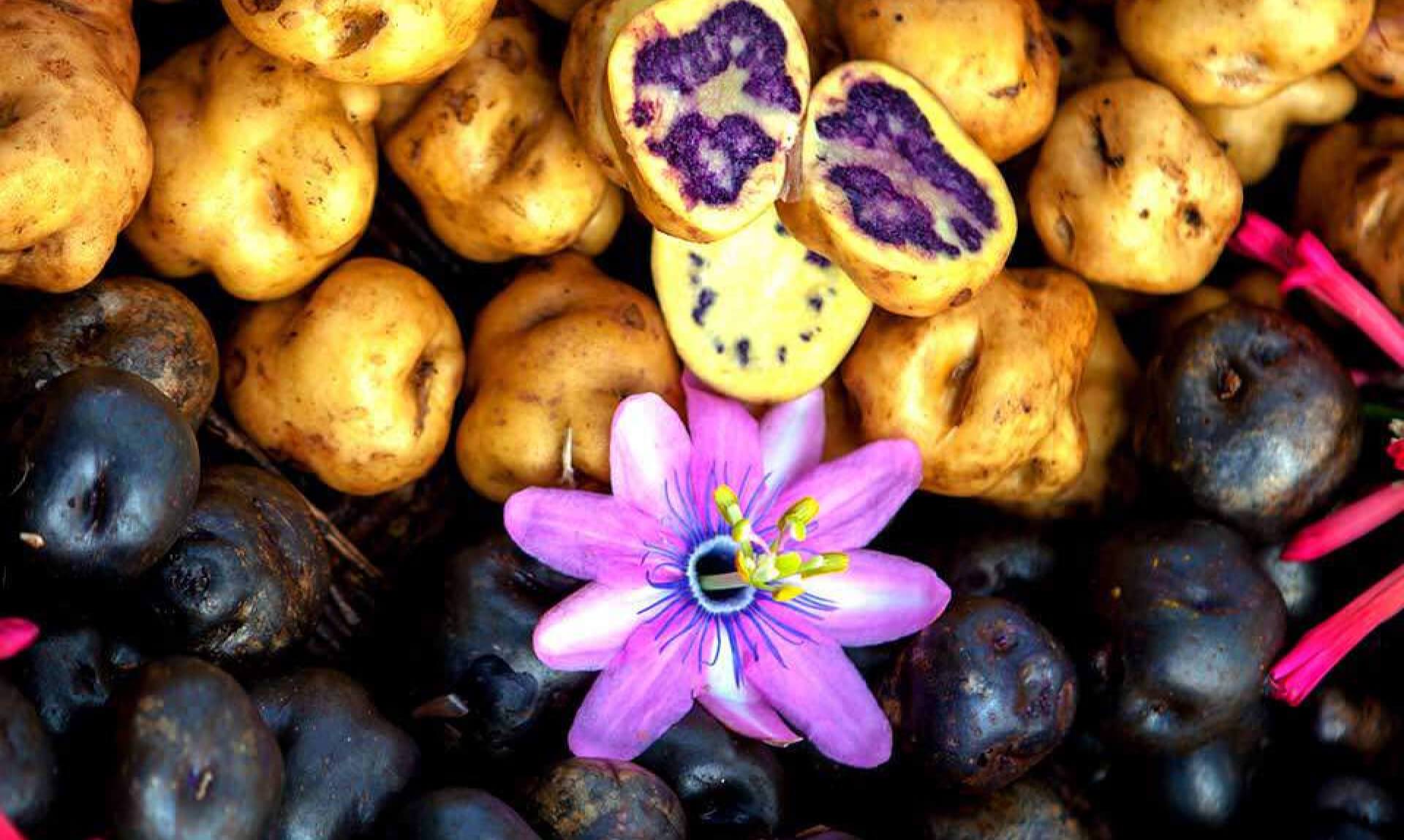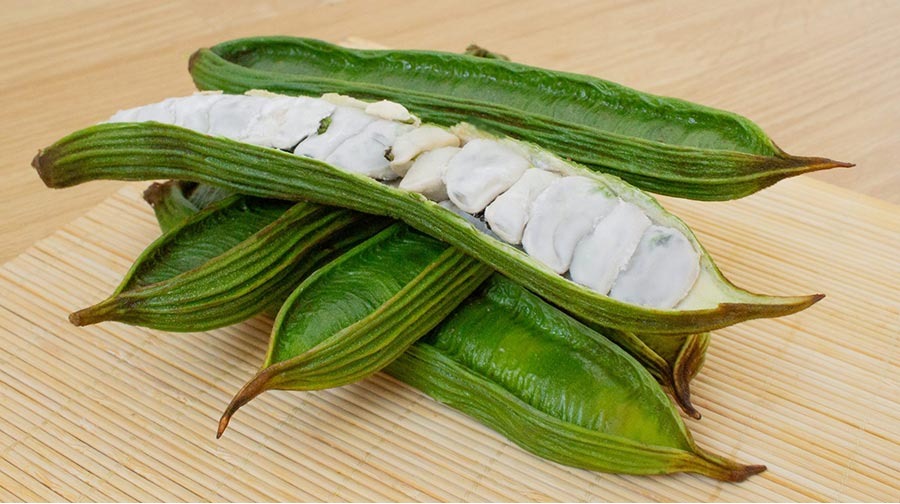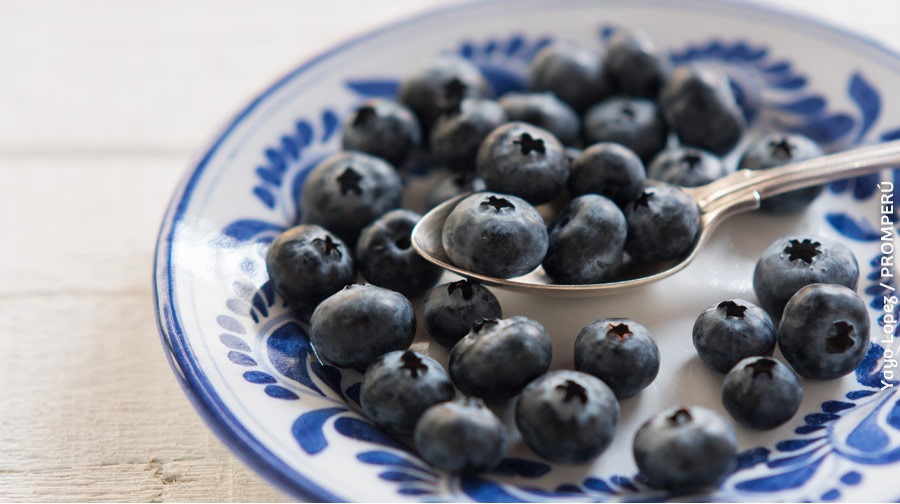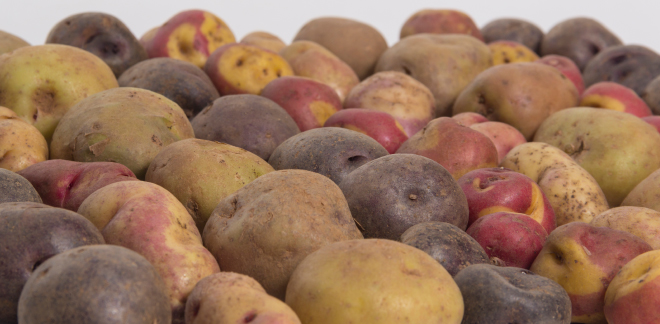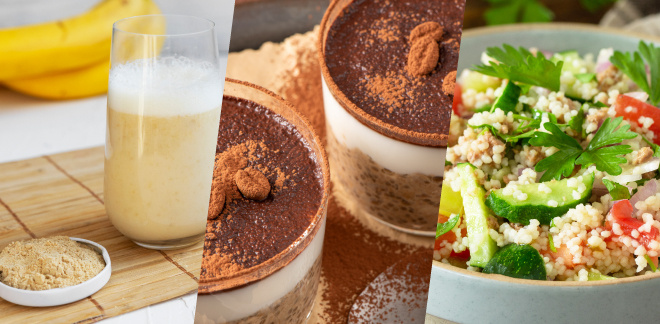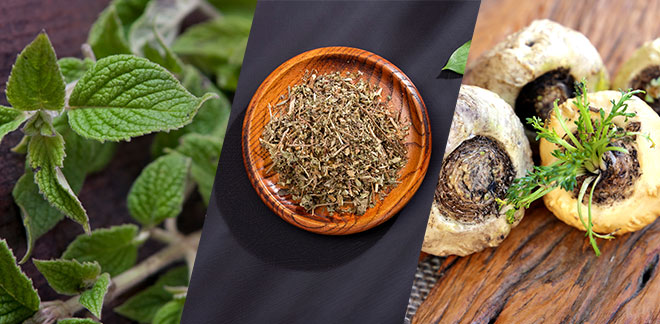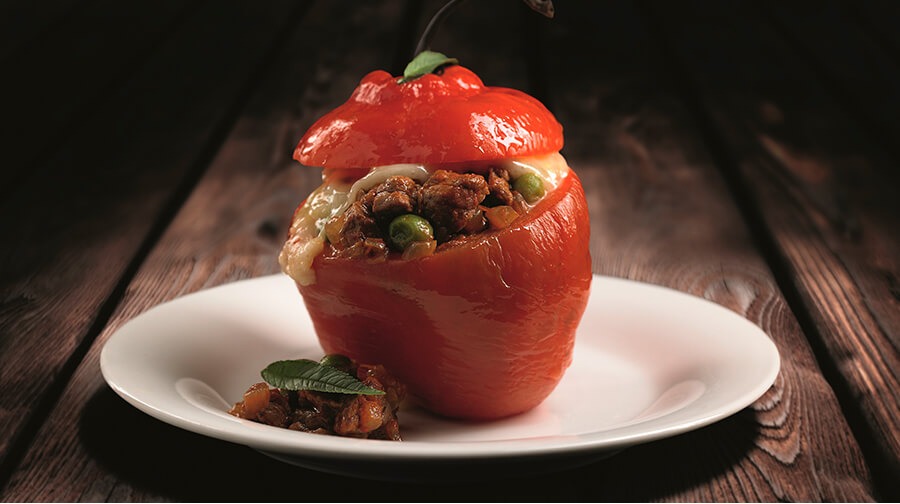Pacay: a fruit with more than 11 000 years of history in Peru
Síguenos en:Google News
The pacay (or pacae), a fruit with countless properties, takes us back to ancient Peruvian history, where our ancestors surrendered to its flavor. Find everything related to this particular product here.
The pacay, also known as pacae, guaba, guamo, or inga, is an Andean legume that has been present in Peru for many years. In the 17th century, its smooth, white pulp was already highly valued. This fruit has a hard pod between 3 cm and 5 cm long, with colors that vary from dark yellow to green. Its pulp is rich in water and contains a hard, smooth, black seed.
Pacay grows on riverbanks and in forests and is found in countries such as Peru, Colombia, Argentina, Bolivia, and parts of Central America. It adapts well to tropical climates and is low in calories , with 52 calories per 100 grams.. It is rich in vitamins A, B, C, and provitamin A, which are essential for strengthening the immune system.
Due to its antioxidant properties, pacay helps control cholesterol, prevent heart problems, and relieve migraines. Despite its sweet taste, its high protein and fiber content helps regulate blood sugar levels.
You may also be interested in: Peruvian Cacao and Chocolate: Learn about the varieties of this superfood and its benefits
As for its characteristics, it stands out for its low caloric value: only 52 calories per 100 grams. It contains vitamins A, B, and C, as well as vitamin A. The latter is particularly special because it helps boost the production of vitamin A, which improves and protects the immune system.
Thanks to its antioxidant properties,, this fruit is admired and highly sought-after in several countries around the world. Pacay helps control high cholesterol levels, which means it can alleviate some discomfort caused by migraines. However, despite its very sweet flavor, it also has properties that help balance blood sugar levels, as it is a source of protein and fiber. Furthermore, it can prevent heart problems thanks to its antioxidant properties that act directly on the heart.
FUN FACT
In 1531 , during his expedition to Peru, Francisco Pizarro discovered pacay in San Mateo Bay, located in Trujillo. It is said that Atahualpa gave Pizarro a basket full of this fruit because it was his favorite.

